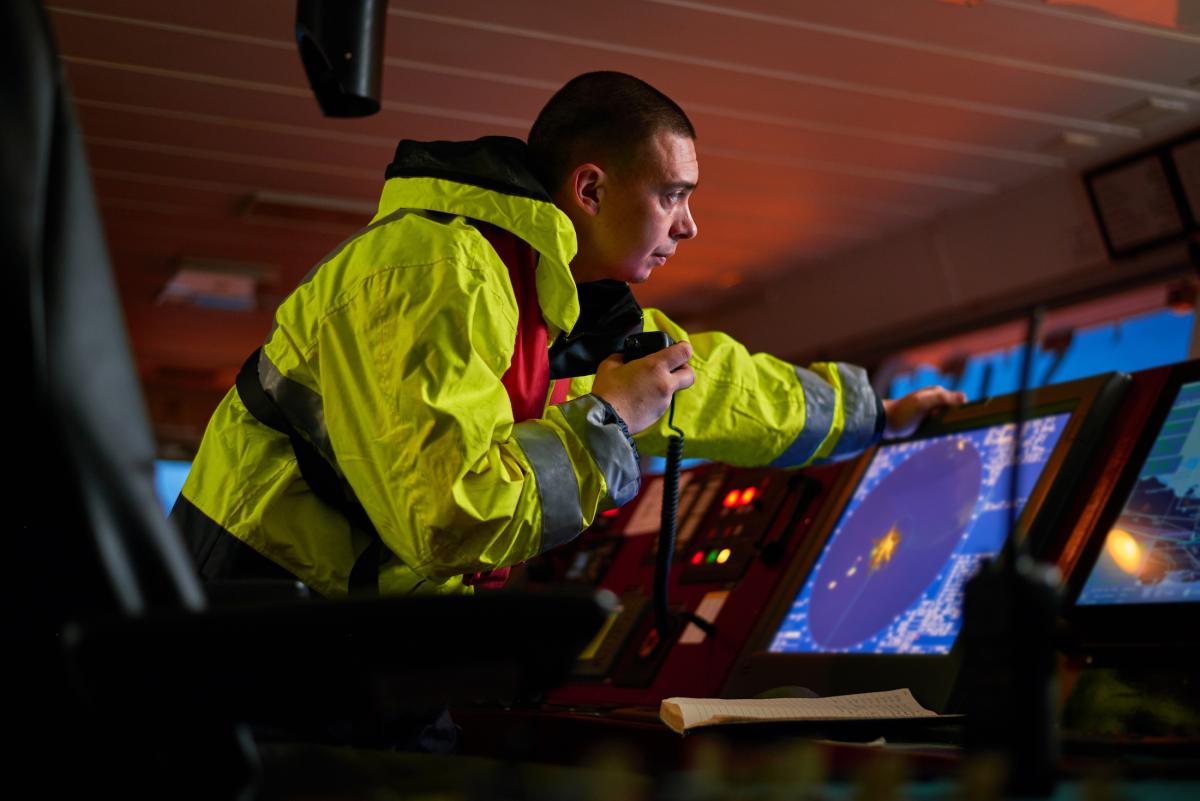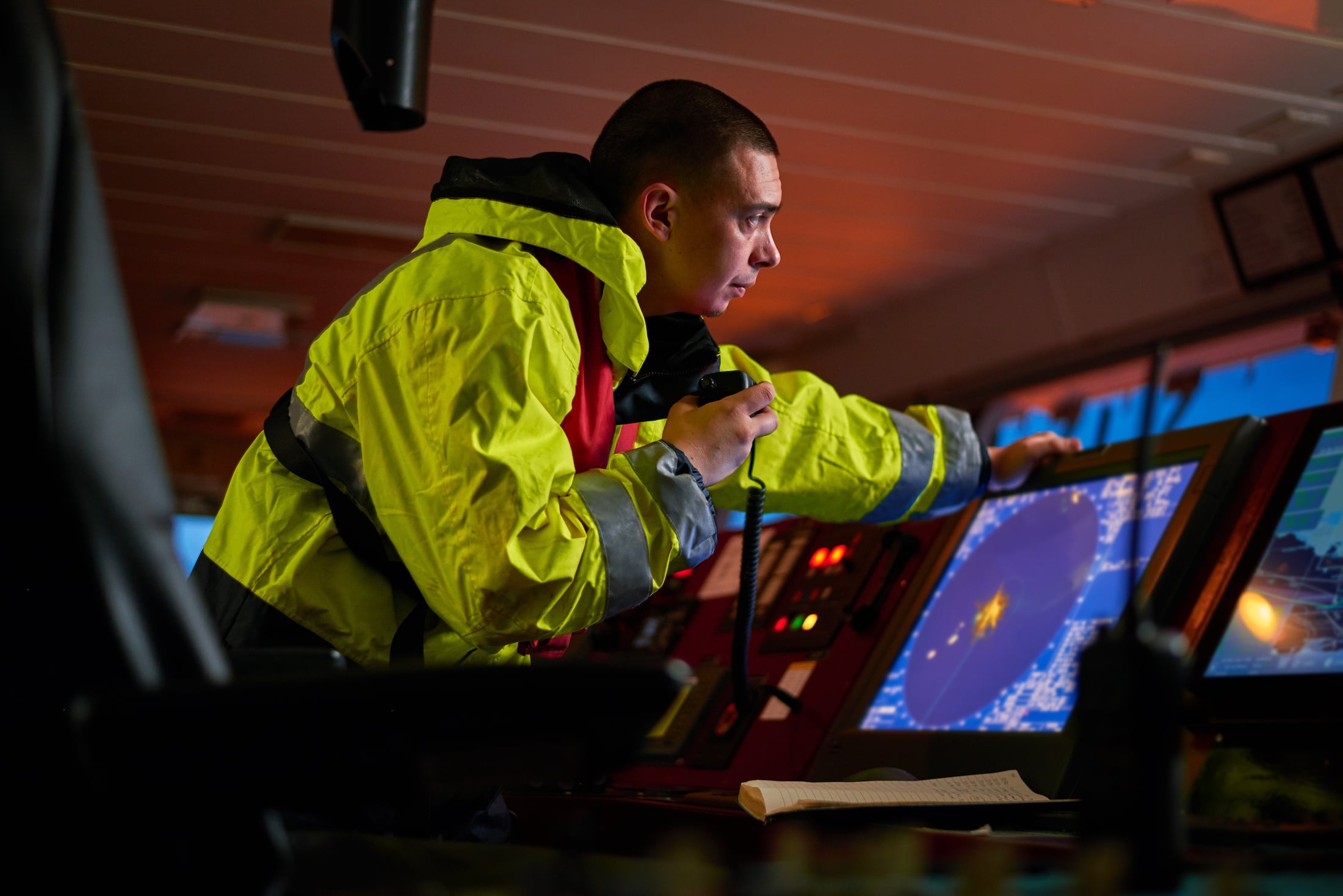The surface warfare community is suffering from an insufficient knowledge base in seamanship, shiphandling, and navigation. To move forward, the Navy needs to revamp its training regime. One way to do that is to align training with International Maritime Organization (IMO)/U.S. Coast Guard training and certifications for merchant mariners. Coast Guard/IMO–approved officer in charge of a navigational watch and management-level training would give surface warfare officers the fundamentals in navigation and seamanship they need to run a ship more effectively.
Near-Peers to Model
To understand maritime training, it is important to start by looking at the training regimes of some near peers. The Royal Navy, Royal Australian Navy (RAN), National Oceanic and Atmospheric Administration (NOAA) Commissioned Officer Corps, and U.S. Army each has its own unique training program; however, they share the common core of basic seamanship, navigation, and ship-handling based on IMO standards. Officers in the Royal Navy complete 84 weeks of training before receiving their Standards of Training, Certification, and Watchkeeping for Seafarers (STCW) navigational watch certificates and logbooks. Officers in the Royal Australian Navy complete 105 weeks of approved training before being issued a navigation watch certificate and another 25 weeks of training to earn their bridge warfare certificate. The officers then report to their first ships. The Australian Maritime Safety Authority has approved RAN Seaman Officer competencies and training for the award of STCW officer qualifications after officers pass bridge watch officer training.
NOAA has 321 commissioned officers who support its programs and missions and command its hydrographic and marine fisheries vessels. All newly commissioned officers must attend a 19-week Basic Officer Training Class (BOTC) at the U.S. Coast Guard Academy. BOTC consists of three days of compass and aids to navigation, four days of deck operations, ten days of terrestrial navigation, four days of navigation law (Rules of the Road), one day of communications, five days of radar, five days of meteorology, four days of automated radar and plotting aids (ARPA), five days of electronic navigation, two days of small boats, five days of shiphandling and steering, and five days of bridge watchkeeping. Officers also complete a cruise on board the USCGC Eagle (WIX-327). After graduation, NOAA officers sail on board a NOAA ship to prepare them for their first sea tours.
Upon completion of the course all NOAA officers receive a Coast Guard able bodied seaman limited endorsement and all applicable STCW certificates. NOAA also offers a B school for mid-grade officers and a C school for senior officers prior to command. B School is approximately two weeks of Coast Guard–approved seamanship and navigation courses. C School is a three-day navigation and shiphandling refresher for executive and commanding officers.
The U.S. Army currently operates a fleet of 118 watercraft crewed by soldiers and warrant officers. The Army watercraft training division is the only military organization whose graduates can earn a Coast Guard merchant mariners credential with no additional testing. Most Army mariner courses are U.S. Coast Guard approved. The Army Marine Deck Officer Basic Course is 31 weeks and is offered to newly appointed warrant officers. It includes 165 hours of common marine subjects, 93 hours of deck seamanship, 77 hours of watch standing, 137 hours of piloting, 114 hours of collision avoidance, 26 hours of electronic navigation, 160 hours of shiphandling, 131 hours of celestial navigation, 176 hours of performance testing of piloting and celestial navigation, and 40 hours of bridge resource management. A 16-week Marine Deck Officer Advanced Course is offered to senior warrant officers as they move on to command larger watercraft, to refresh and upgrade their shiphandling, navigation, and seamanship skills.
Near-peer seagoing services strive to ensure their officers meet national and international training and certification standards. These programs have standardized training to ensure their officers have the knowledge and experience to navigate and operate ships safely. By adopting similar IMO and Coast Guard training standards and curriculum, the Navy can ensure its officers meet the same standard.
A New Training Regime for the Navy
Newly commissioned Navy surface warfare officers would receive approved training at the operational level, to ensure they are competent to carry out watchkeeping duties as an officer in charge of a navigational watch. An operational course of 560 hours would include the following:
• 120 hours of terrestrial and coast navigation.
• 80 hours of watchkeeping, including voyage planning, Rules of the Road, marine communications, and bridge team procedures.
• 40 hours on stability and trim, to provide officers with the detailed knowledge related to stability and ship construction at the operational level.
• 80 hours of celestial navigation.
• 40 hours of electronic navigation.
• 40 hours of basic shiphandling related to navigation at the operational level.
• 40 hours of basic meteorology.
• 40 hours on radar, which includes a Coast Guard–approved unlimited radar observer.
• 40 hours on ARPA.
• 40 hours on bridge resource management (BRM).
• 40 hours on the Electronic Chart and Display and Information System (ECDIS).
Prior to assuming command or serving as executive officer on board a ship, most senior Navy officers have had extensive time away from sea. These officers should receive additional training that models the STCW chief/masters course. This management-level course would run 280 hours and would include:
• 40 hours of advanced navigation.
• 80 hours of advanced shiphandling techniques.
• 40 hours of advanced stability, providing greater understanding the fundamental principles of ship construction and theories and factors impacting stability and trim.
• 40 hours of advanced watchkeeping.
• 40 hours of advanced celestial navigation.
• 40 hours of advanced meteorology, including weather characteristics, systems, and weather routing.
The management-level STCW courses would offer surface warfare officers practical skills and competency with additional theoretical lectures prior to assuming command. It would ensure senior officers meet worldwide management professional standards.
The STCW ensures mariners have the practical skills, competencies, and theoretical knowledge to operate safely. Unfortunately, despite some reforms, surface warfare officers are still not receiving comparable maritime foundation training prior to arriving in the fleet, which has contributed to shortcomings and accidents. The Navy should completely revamp its surface warfare officer training focusing on the basics of seamanship and navigation based on STCW standards. As an organization that embraces education, the Navy should seek the same for its ship drivers. Commercial standards not only would ensure that the Navy continues to be the best operational navy in the world, but also that it meets a recognized and vetted training regime.




